Falling costs, new models to drive EV market expansion
- PostedPublished 8 September 2018
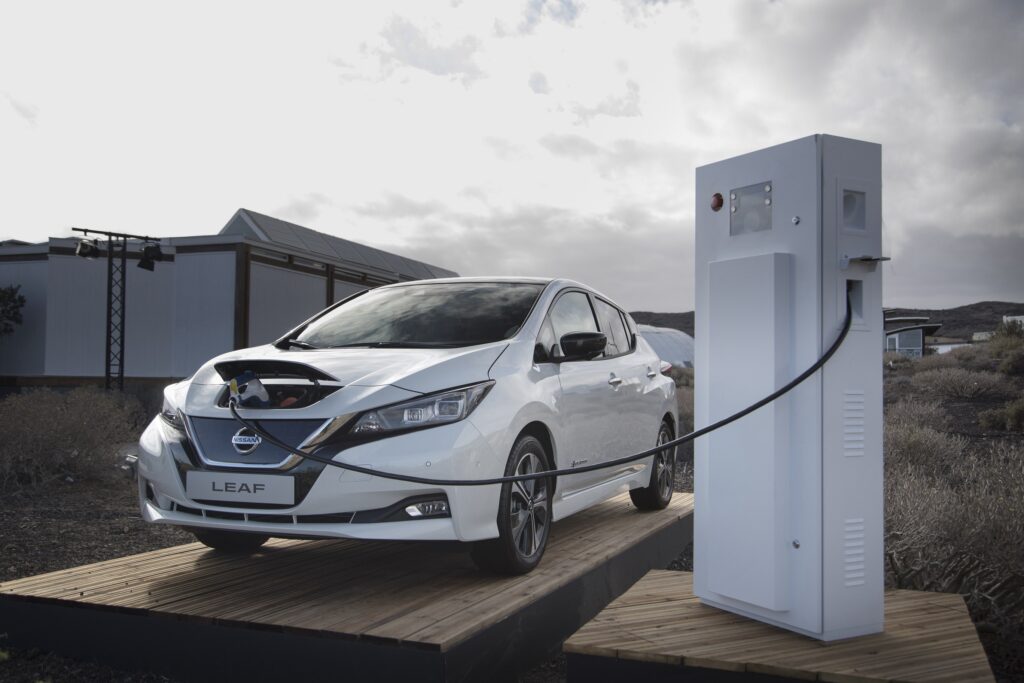
A new report claims that electric and plug-in hybrid vehicles could account for 49 per cent of Australian vehicle sales by as soon as 2030.
The new study further states that battery-electric vehicles (BEVs) and plug-in hybrid electric vehicles (PHEVs) could make up 100 per cent of sales by 2040.
Energeia, an Australian company that specialises in energy-related technology and industry matters, carried out the study on behalf of the government-backed Australian Renewable Energy Agency (ARENA) and the Clean Energy Finance Corporation (CEFC) – a government-backed bank that aims to boost investment in clean energy.
The aim of the study was to establish the likely trends in plug-in electric vehicle (PEV) sales and infrastructure development. Energeia also aimed to identify ways in which the uptake of PEVs could be bolstered in Australia, as it currently lags behind other countries in its adoption of electric and electrified vehicles.
ARENA CEO Ivor Frischknecht said: “Electric vehicles represent a great opportunity for Australia. They can offer a better and more efficient driving experience, with lower emissions while reducing Australia’s dependence on fuel imports.
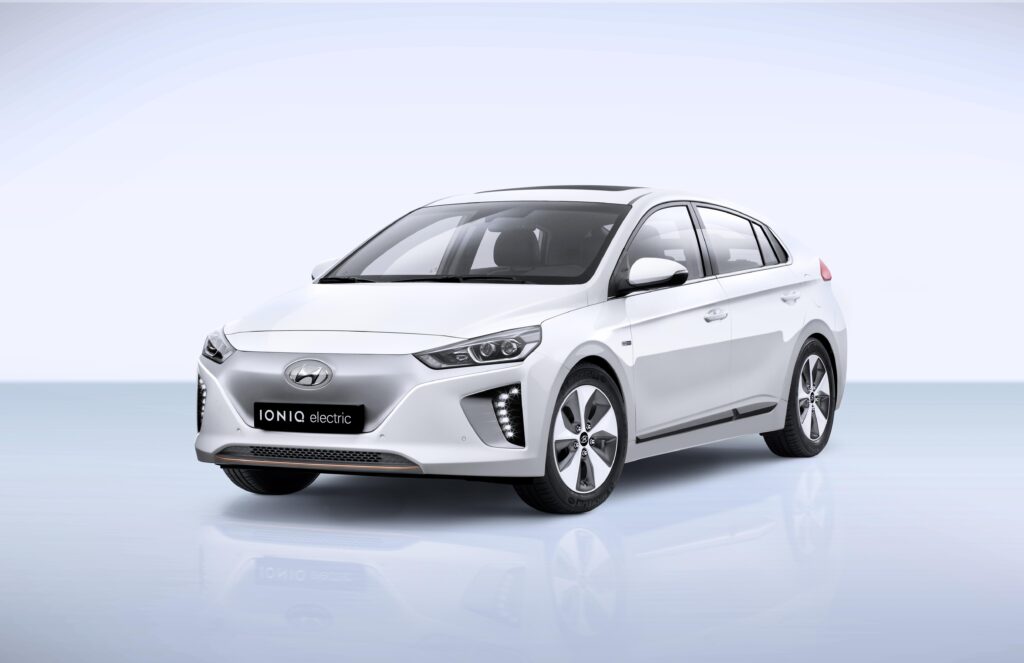
“As far as ARENA is concerned, they offer a great opportunity for renewable energy technologies that can be used to charge them. Also, being a battery with wheels, EVs offer tremendous opportunities to support the grid through smart charging.”
Jaguar, which recently released its first all-electric production car – the I-Pace – is being even more headstrong about EVs. In a recent report called “Driving Australia Forwards”, the company stated that its findings indicated that almost two-thirds of Australians could own an electric vehicle within ten years.
Such a substantial shift, at a glance, seems unlikely. After all, a total of 1,189,116 cars were sold in Australia last year – according to official VFACTS figures – but just 1123 of those were electric cars. Consequently, they accounted for a fractional 0.09 per cent of the new car market.
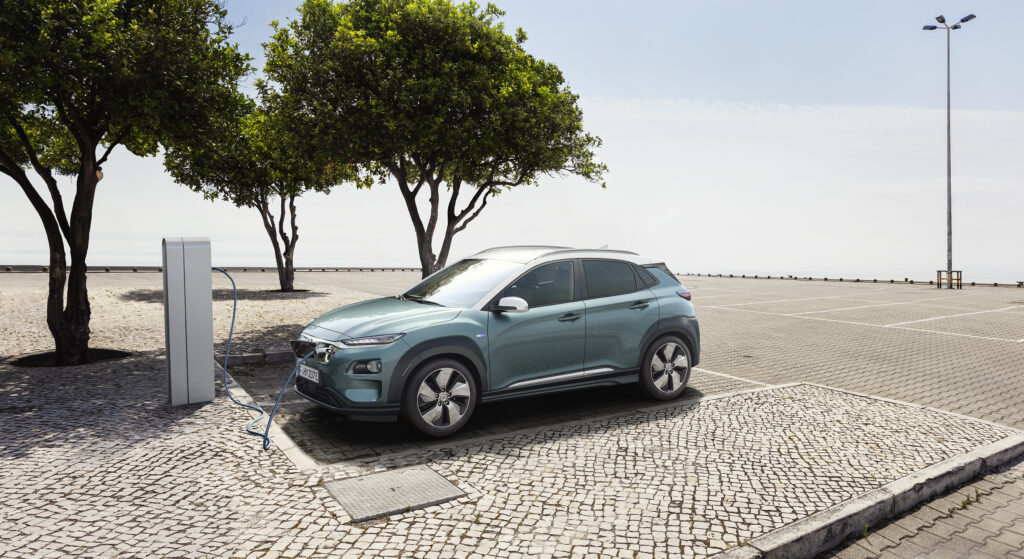
That said, Tesla does not report its sales figures in Australia and it is thought that over 1000 Model X and Model Ss are sold each year; as a result, the Federal Chamber of Automotive Industries (FCAI) estimates that a total of 2424 electric vehicles were sold in 2017. Even so, that would still represent a minor market share of around 0.20 per cent.
Even on that basis, Australian EV sales still pale in comparison to many other countries. In Germany, for example, electric cars command eight times the market share at 1.6 per cent. Even in the fossil-fuel dependent US, electric vehicles account for 1.2 per cent of the new car market. Taken to extremes, in countries such as Norway – where the government heavily incentivises EVs – a staggering 39.2 per cent of the new car market is accounted for by electric cars.
Reasons for the sluggish uptake in Australia are numerous, though. One key issue is the lack of affordable EV options at the current moment in time. It’s all well and good wanting to adopt an EV but, when cars such as the aforementioned I-Pace cost $A119,000, they are either simply inaccessible or impossible to justify for most buyers. The Energeia report also identified that the lack of financial incentives available is further curtailing enthusiasm for EVs in Australia.
That said, several upcoming changes may lead to a quick shift in the uptake of electric vehicles in Australia. For starters, Jaguar’s report indicates that 43 per cent of millennial respondents want an EV – compared to just 34 per cent of the older baby boomer generation. As the environmental benefits and advantages become more wildly known, those figures are similarly expected to rise.
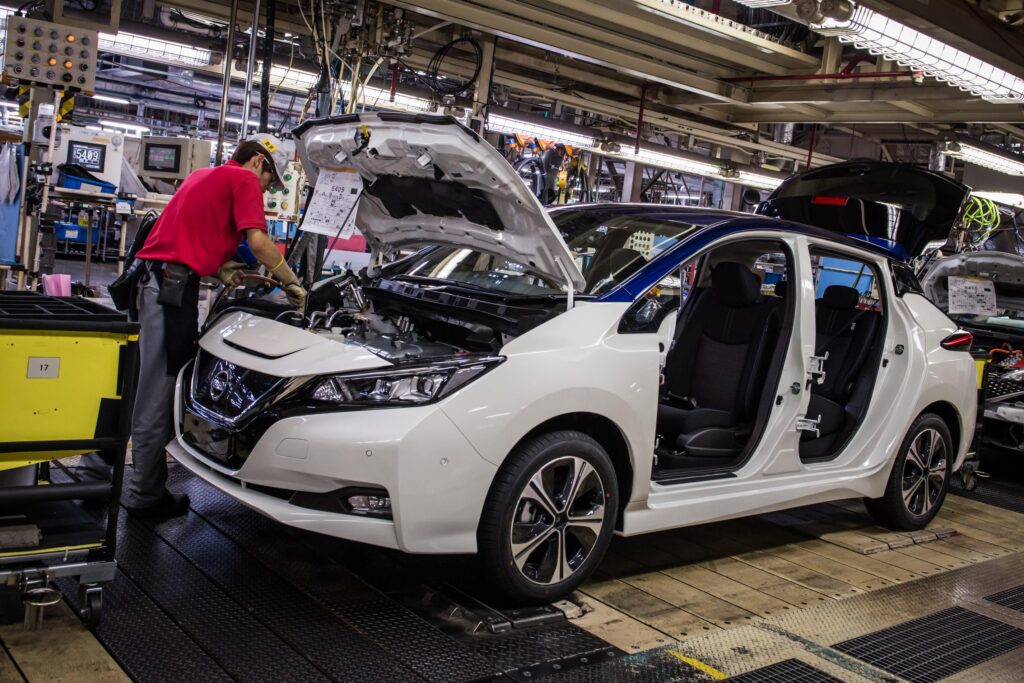
This ongoing change in customer preference will be further bolstered by the imminent arrival of several far more comparatively affordable EVs. The Hyundai Ioniq and Kona Electric are scheduled to arrive in late 2018 and expected to cost under $A40,000. Nissan’s popular Leaf is also expected to arrive around the same time and is forecast to cost less than $A50,000. There will be new, more costly options as well – such as the Audi, BMW and Mercedes-rivalling Tesla Model 3.
Many other manufacturers are rapidly rolling out new, lower-cost EV models as well. This will further serve to drive prices down and broaden the market for electric cars. As an example, Fiat Chrysler Automobiles recently announced a $A14 billion investment into developing a wide-ranging portfolio of hybrid and battery-powered vehicles, in order to compete with the German brands – all of which, such as BMW, have already made substantial advances on the EV front.
This move is expected to result in 20 per cent of FCA’s fleet becoming hybrid, PHEV or BEV by 2022. Another 40 per cent of its line-up is expected to be a mild hybrid by that point and, ultimately, those percentages will continue to climb. This will lead to EVs becoming more accessible and commonplace, even without purchase incentives or changes to economy and efficiency regulations.
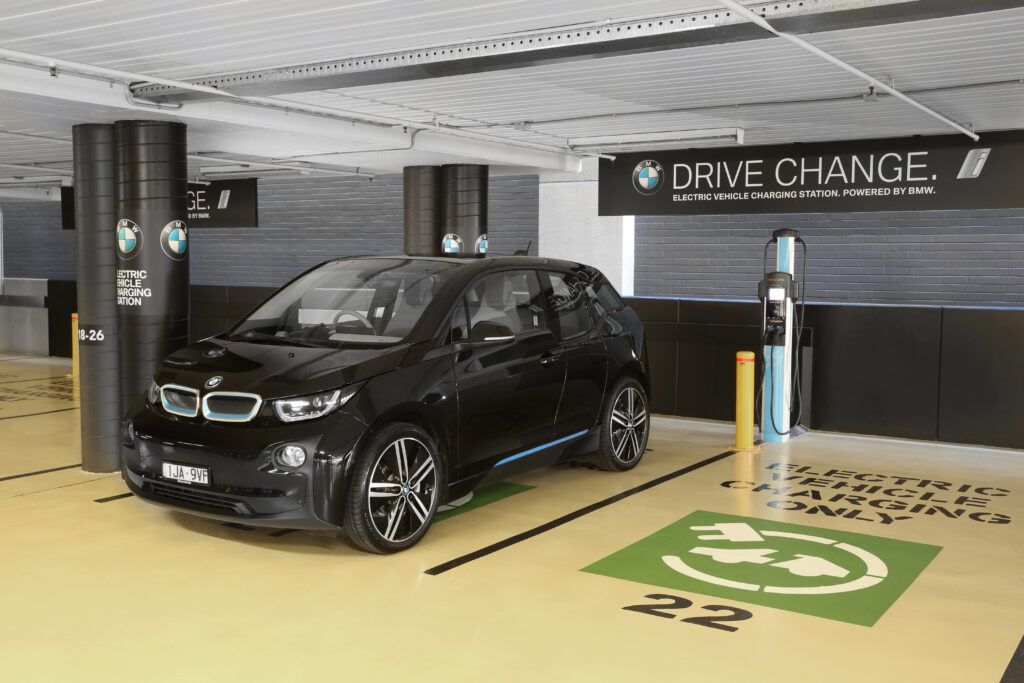
You may expect that the charging infrastructure requires a substantial expansion in order to support this major uptake of EVs. Energeia has found, however, that most drivers prefer to use convenient home charging – which, as a result, significantly reduces the demand and necessity for public charging networks.
Data also showed that 99 per cent of drivers covered fewer than 100km during daily trips, which is easily within the range capabilities of modern BEVs. The upcoming Nissan Leaf, for example, has a claimed range of up to 400km – granting considerable overhead.
In New Zealand, EVs are already starting to make more of an impact. Many larger companies are buying EVs to replace conventional cars which, in conjunction with rising private sales, resulted in 546 electric cars being sold in 2017. As only 63 EVs were sold in 2016, the sales figures have increased by 767 per cent. As energy costs in New Zealand are low, and new models are arriving soon, the increasing trend of opting for electric power looks set to continue.
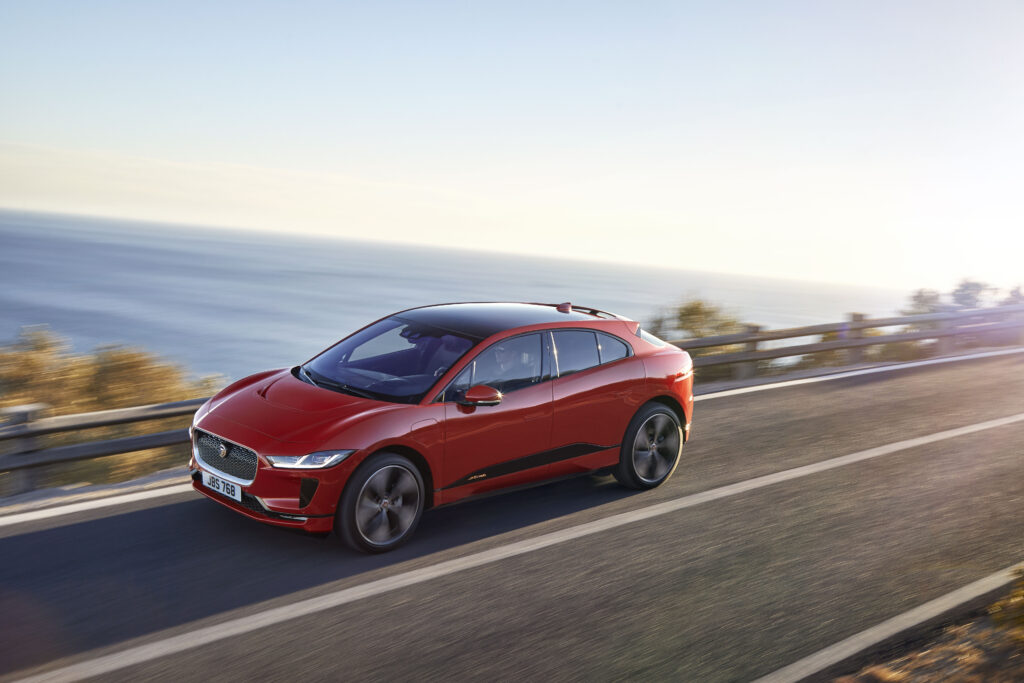
Ian Learmonth, the CEO of the CEFC, added: “The reality is that the transition to EVs is inevitable. We’re already seeing vehicle makers confirm they will stop producing pure internal combustion engines over the coming years.
“At the same time, we’re seeing dramatic improvements in vehicle charging networks, creating the essential infrastructure to support electric vehicles. These measures can deliver a material improvement on our greenhouse gas emissions, as well as take our vehicle fleet into the 21st century.”
- CategoriesIn SightGlass
- Tagselectric vehicles, EV, SightGlass News Issue 14


